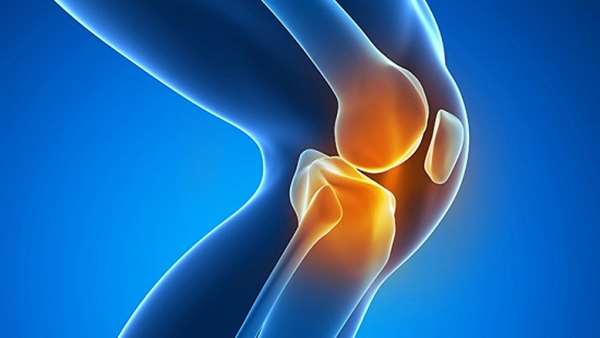Stem cells: A natural alternative to surgery
Stem cell therapy has produced impressive results in treating musculoskeletal conditions such as osteoarthritis and painful sprains and tears of muscles, ligaments and tendons. But harvesting stem cells from the body can be invasive and painful – is there an alternative? Yes, according to The Knee Institute and Regenerative Therapy, a clinic in West Bloomfield that uses only stem cells from human umbilical cords for the best results.
Stem cell therapy has produced impressive results in treating musculoskeletal conditions such as osteoarthritis and painful sprains and tears of muscles, ligaments and tendons. But harvesting stem cells from the body can be invasive and painful – is there an alternative? Yes, according to The Knee Institute and Regenerative Therapy, a clinic in West Bloomfield that uses only stem cells from human umbilical cords for the best results.
Stem cells are the cells that develop into organs, blood and brain. Since they were discovered in human cord blood in 1978, scientists have found increasing use of these “master cells” to repair, restore, replace and regenerate cells to treat many medical conditions. Once routinely disposed of as medical waste, the blood from umbilical cords is now known to be a rich source of stem cells, and some parents opt to store it in a blood bank for possible future needs. Others donate their cords for general medical use. Their use is not controversial because they are not harvested from embryos, so there are no ethical concerns, said Robert Willard, general manager and director of operations at The Knee Institute.
“It’s much better than using your own stem cells, which can involve taking fatty tissues from your stomach via liposuction or scraping cells off your hip bone, neither of which is pleasant," Willard said.
Another challenge with using your own stem cells is getting enough. The body produces less as we age – teenagers have only 90 percent as many as at birth, and once we’re in our 50s, we have half as many as in our teen years.
The physicians at The Knee Institute use ultrasound to provide real-time imaging when injecting the stem cells to ensure accurate delivery. In conjunction, they also use platelet rich plasma (PRP), a therapy in which blood is drawn from the patient and centrifuged to increase the concentration of platelets. The resulting PRP, which contains 10 times more growth factors than normal plasma, is injected into the body to promote its natural healing process.
“Using real-time imaging should be mandatory to eliminate blindly injecting stem cells in the wrong place – but it’s not,” Willard noted. “And combining stem cell therapy with PRP enhances more positive outcomes, making your regeneration and recovery time faster.”
It seems everyone is jumping on the stem cell bandwagon, and Willard warns against some physicians who are making claims that are too good to be true. “You cannot regenerate bone,” he pointed out, “so beware of any clinic that says they can.
“The field holds great promise,” he added. “It is significantly less expensive than surgery and the results are not just temporary. We are seeing phenomenal results. It only takes about 15-20 minutes, and then you can walk out and drive home.”
Michigan’s only facility accredited with the OsteoArthritis Centers of America, The Knee Institute uses no surgery or drugs, instead providing cutting-edge, minimally invasive procedures and comprehensive physical therapy programs.





ارسال به دوستان